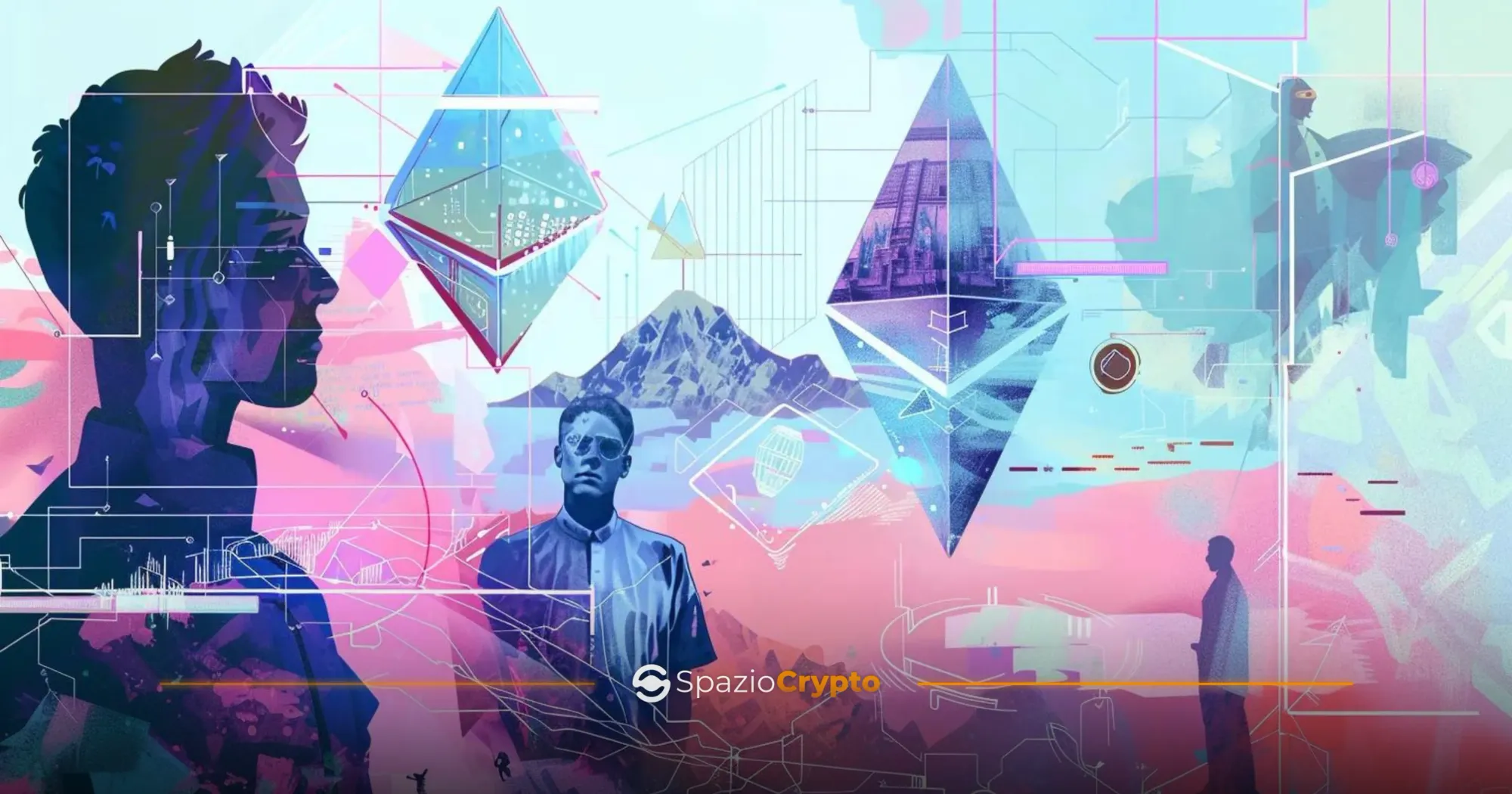
Polygon CEO Speaks Out On Ethereum: 'I'm Concerned About Layer 2'
The CEO of Polygon intervenes on X to express his concern about Ethereum layer 2.

The CEO of Polygon intervenes on X to express his concern about Ethereum layer 2.

Get the latest news, learn from experts, discover new tools, and find inspiration right in your inbox.
No spam. Unsubscribe anytime.
A powerful documentary on how Bitcoin and blockchain are reshaping money, power, and geopolitics—from El Salvador’s Bitcoin experiment and Europe’s regulatory revolution to the rise of decentralized finance and the new global financial order.
Marc Boiron, the CEO of Polygon Labs, took to X, the former Twitter, to externalise some of his concerns regarding the Ethereum environment. In a post dated 7 April, Boiron reasons about the possible problems Layer 2s could bring to the second largest digital asset by capitalisation.
According to his view, the layer 2 network acting within the Ethereum infrastructure is the main problem within this environment. Boiron's thesis is that the competition between the numerous L2s in the network forces the ETH system into a continuous cannibalisation of itself, making it less competitive than it could be against rival cryptocurrencies.
Layer 1 and Layer 2
Inside the Ethereum environment we define as layer 1 the basic blockchain. We think of L1 as the foundation of the house. This is what all 2 are based on. L2 projects are all Ethereum rollups (or transactions based on Bitcoin's Lightning network, for those more familiar with the main blockchain of the crypto world) and every transaction carried out here goes back to the main layer.
Layers 2 publish their transactional data to Ethereum, relying on the blockchain for the availability of ledger data. This data is the authentication data and becomes usable for anyone who wants to view the status of an L2 project or challenge a transaction completed on that layer.
Since Ethereum processes more than one million transactions per day, the demand for use of the mainnet (the main blockchain) can become very exorbitant, as the demand is high. To avoid disproportionate fees, layer 2 comes into play. This responds to the demand for greater speed as it does not clog up L1 and thus allows Ethereum to increase transaction volume without sacrificing security or decentralisation, two key concepts in the crypto world.
Limiting Congestion
The Ethereum's mainnet can process around 15 transactions per second. At times of high demand, a network of this capacity can become congested, increasing the fees per transaction and automatically excluding users who cannot afford them. Layers 2 create an escape route by moving transactions onto a parallel network.
So-called rollups on L2 process hundreds of transactions within a single L1 transactional node. In this way, the single fee per transaction required by the highest layer blockchain is distributed among hundreds of users. This results in greater convenience for all.
Marc Boiron's Point of View on Layer 2
Polygon CEO's focus is on the fact that the various Layer 2s are constantly competing with each other: they steal from each other developers, users and liquidity impoverishing the entire Ethereum environment rather than competing outside of it. In his view, Layer 2s shouldcreate value by providing their own apps and thus creating a subnet that can cascade benefits to anyone operating on L2 Ethereum rather than warring with each other, weakening themselves and the infrastructure they operate on.
Karthik Senthil, a partner in the hedge fund Lattice, which focuses on cryptocurrencies, shares Boiron's thinking. According to him layers 2 are only successful if they manage to increase their share by attracting those outside Ethereum today. If you steal each other's resources already inside the system, nobody gains, but you just share the losses.
Ethereum Goes Through a Delicate Phase
Apparently, we are in a moment in which Ethereum is attracting numerous calls. A few days ago, on the virtual pages of SpazioCrypto, we already told you about Coinbase's concerns about restaking and, today, we return to highlight the views of insiders who have doubts about the second cryptocurrency.
Of course, these are constructive criticisms, as they say, which only aim to improve a system with undoubtedly enormous potential. However, it is still criticism.
Read Next
SEC closes FTX case: penalties for former executives
The SEC files the FTX case with penalties and bans for Ellison, Wang and Singh after the 2022 collapse.
Wall Street between AI and Santa Claus Rally: risk or opportunity
Wall Street is torn between the seasonal year-end rally and doubts about the sustainability of investments in artificial intelligence, while Bitcoin and risk assets show signs of weakness.
YouTube integrates PayPal's PYUSD to pay US creators
YouTube introduces PayPal's PYUSD as an optional payment method for eligible creators in the US, opening up stablecoins in mainstream monetisation streams.
Light Penalty for the 40 Billion Collapse: Why Do Kwon took Less than SBF
The US federal judiciary has issued conflicting sentences in the most egregious crypto cases. Prosecutorial conduct has weighed more heavily than economic loss in the disparity of punishment between Do Kwon and SBF.